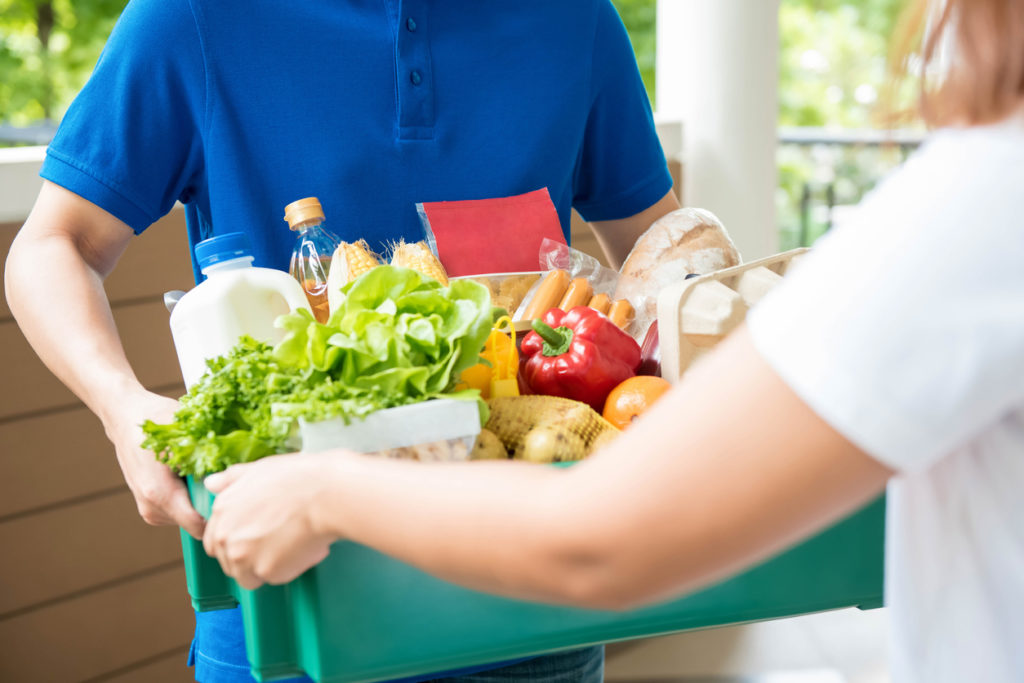By Glynn Davis, founder, Retail Insider
Little more than a year ago private equity money continued to pour into a plethora of on-demand grocery delivery businesses with bizarre names like Getir, Gorillas, Asap, Dija, Zapp, Jiffy, and Weezy who’s only differentiation seemed to be whether they could deliver an order in 10 or 15 minutes.
As the market became increasingly saturated, and promotional offers abounded, it was a pretty good time for time-starved/drunken consumers able to take advantage of such services. But post-pandemic it all looked a lot less appealing to investors who began to row back on their involvement as the road to profitability looked ever longer and in most cases highly unlikely.
In the past year we’ve seen Weezy fall into the hands of Getir who then laid off 14% of its employees, GoPuff shed 10% of its staff and closed 76 warehouses in the US, while Zapp and Gorillas also reduced their workforces. Meanwhile, Jiffy shuttered all its depots and is attempting to simply sell its software IP (good luck with that).
Rapid grocery delivery always looked like a poor business model to me and the creaky proposition was weakened even further when the established take-away food aggregators Deliveroo, Just Eat and Uber Eats started to take an increasing interest in the on-demand grocery space. They’d built infrastructures for the delivery of hot food from restaurants (Uber Eats was already an extension of the original taxi business of course) so it seemed an obvious route to leveraging their assets.
Such an exercise is particularly important because these food delivery companies have universally failed to make any genuine profits on their existing operations. Maybe the grocery sector might prove a more fertile ground for finding some of that elusive profitability.
Although some of the major food retailers already have their own delivery infrastructures (for scheduled online orders) the opportunity to tie-up with the food aggregators looked appealing as the service could run alongside their existing offers and enable them to tap into the appetite for on-demand groceries without the pain of having to set up the expensive infrastructure.
Among the tie-ups are Just Eat with convenience chain One Stop and Sainsbury’s with Deliveroo and Uber Eats. And in only the past week Asda announced a tie-up with Deliveroo for the delivery of a range of 2,400 items from 15 stores that will likely be expanded to 300 by the end of the year, and Co-op has extended its partnership with the delivery platform to another 110 stores, which brings the total number to 1,400. Where it works particularly well is with retailers that have wholesale businesses – namely Co-op and Morrison’s.
Deliveroo now has 7,000 grocery sites live within the UK & Ireland, an increase of 17% compared with the end of 2021, and around 9,000 sites in international markets, representing a jump of 50% on last year. This combination now accounts for 10% of total transactions on Deliveroo versus 8% last year.
The company also launched Deliveroo Hop, which operates from delivery-only grocery stores run by Deliveroo, working in partnership with established grocers, and the ‘Hop as a Service’ model allowing partners to use the Hop technology in their own locations with their own staff to pick-and-pack orders that are then fulfilled by Deliveroo riders.
This level of activity suggests there is a strong commitment at Deliveroo – and from its rivals too – to making grocery delivery a meaningful part of its overall sales mix. Maybe, just maybe, it could ultimately offset the take-away division, which is proving incredibly stubborn at generating profits any time soon.
While on-demand grocery is proving to be a bit of a graveyard for the myriad dedicated rapid delivery operators, quite possibly it could be something of a saviour for the take-away food delivery platforms who look to be increasingly eating their newer rivals’ breakfast, lunch and dinner.








